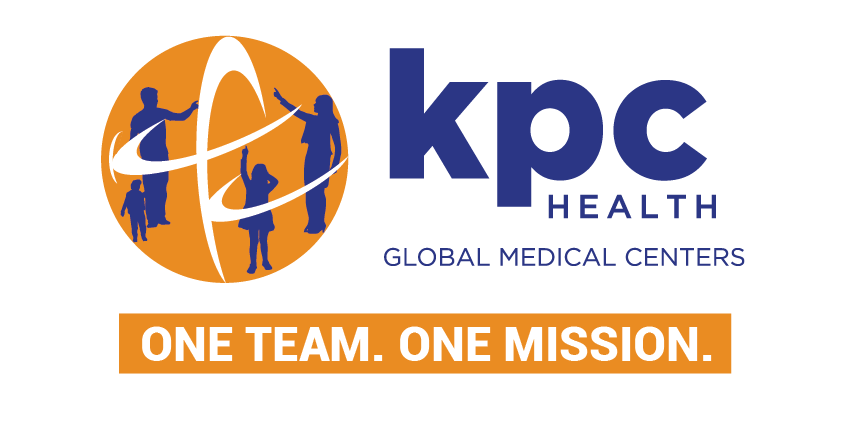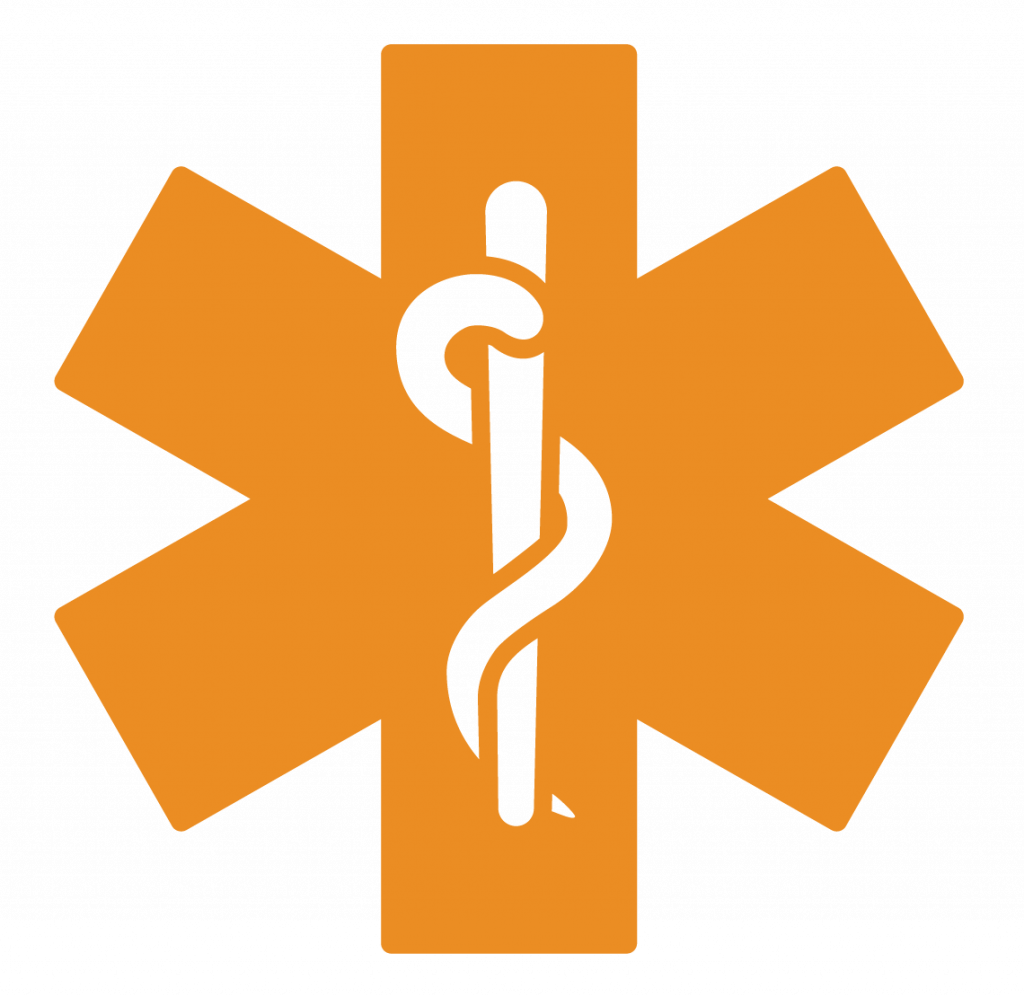To Buy Azithromycin Online Visit Our Pharmacy ↓
 Azithromycin Resistance: Causes and Prevention Strategies
Azithromycin Resistance: Causes and Prevention Strategies
How Antibiotic Misuse Fuels Spread and Danger 🚨
In a crowded clinic, a hurried prescription feels like relief, but it can be a dangerous shortcut. Patients and clinicians chase quick fixes while bacteria watch, adapt, and exploit every exposed weakness in our defenses.
When antibiotics are used for viral infections or stopped early, survivors gain resistant traits. Teh remaining bacteria propagate, turning minor ailments into reservoirs of hard-to-treat strains that spread silently through families and communities.
Every unnecessary dose in agriculture, over-the-counter purchase, or incomplete courses amplifies pressure for resistance. Travel, crowded hospitals, and poor sanitation ferry resistant bugs widely, creating cycles where modern treatments progressively lose reliable efficacy and harm lives.
Real change requires stewardship, better diagnostics, stricter prescriptions, and public education that values patience over instant relief. Communities must embrace vaccination, hygiene, and responsible drug disposal to slow resistance and preserve future treatment options for everyone.
Bacterial Tricks: Genetic Changes That Defeat Drugs 🧬

In a crowded clinic a doctor watches as a once-reliable azithromycin fails to clear an infection; microbes have evolved cunning defenses. The scene is small but symbolic: invisible battles where tiny genetic edits change outcomes for patients.
Some bacteria alter drug targets by methylating ribosomal RNA or mutating key proteins, so macrolides can't bind. Others pump antibiotics out with efflux pumps, enzymatically inactivate drugs, or recieve resistance genes on plasmids that spread rapidly between strains.
These shifts can occur overnight or over months, and when resistance has spread the clinical options shrink; treatment fails and costs rise. Understanding these mechanisms makes prevention and smarter therapy possible, because knowledge guides better stewardship and faster diagnostics today.
Human Behaviors Accelerating Treatment Failure: Choices That Matter 🤝
Everyday choices ripple into microbial worlds: patients stop antibiotics early when feeling better, share pills, or insist a clinician prescribe azithromycin for colds and sore throats. These practices select resistant bacteria rapidly, turning isolated treatment failures into community outbreaks. What once was rare has Occured more often as convenience and misinformation outweigh caution.
Clinicians, pressured by patients' expectations, sometimes prescribe without tests; pharmacies may dispense without prescriptions in some regions, amplifying misuse. Travelers carry antibiotics, using them abroad for minor symptoms. To reverse trends, communities must change habits: finish courses, avoid self-medication, and support diagnostics so prescribers can be confident. Small shifts in daily decisions can preserve azithromycin's usefulness for those who truly need it.
Stewardship Strategies: Smarter Prescribing and Diagnostics 🩺

At the clinic, a physician reflected on years of routine prescriptions and the rise of resistance. Teh choice to limit azithromycin use felt urgent, driven by local data and outcomes.
In rounds the team embraced rapid diagnostics, pairing PCR and point-of-care tests with clinical judgement. Results cut inappropriate azithromycin starts, and Occassionally revealed unexpected pathogens that altered therapy plans swiftly.
Audits, decision support, and clinician feedback became routine; local antibiograms informed formularies. Educating patients about when azithromycin is unnecessary reduced demand and improved outcomes across the community over time significantly
Community Action: Hygiene, Vaccines, and Public Education 📣
Neighbors cleaned hands, shared stories about simple habits that stop infections: handwashing, safe food handling, and sanitation. These acts shrink transmission and protect those most likely to need azithromycin later.
Vaccination programs create herd protection, lowering antibiotic demand and slowing resistance evolution. Teh visible success of programs convinces communities to trust science and reduce unnecessary prescriptions.
Clear campaigns teach when antibiotics help and why finishing courses matters. Empowered citizens, schools, and local leaders cut misuse, build resilience, and help health systems avoid crises through outreach, media, training, and accessible resources.
Global Policies, Surveillance, and Research Investment Needed 🌍
Across continents, clinicians and researchers recount small triumphs undone by resistant infections; these stories make plain that a patchwork of national rules will not protect us. Coordinated treaties, funded surveillance networks and open data platforms let hotspots be spotted early and responses mobilized faster. Investing in lab capacity in low-resource settings and supporting fair access to diagnostics prevents blind spots that let resistance spread.
Policymakers must fund multidisciplinary research to develop new agents, rapid diagnostics and implementation science that translates evidence into action. Equally vital are legal frameworks that incentivize stewardship while ensuring antibiotics remain affordable; surveillance data must be shared transparently across borders. Donors and the Goverment should prioritize grants, tech transfer and training, so capacity building is sustained and fragile health systems can acommodate swift, informed responses. International coordination will buy time for new treatments to be tested. MedlinePlus PubChem












